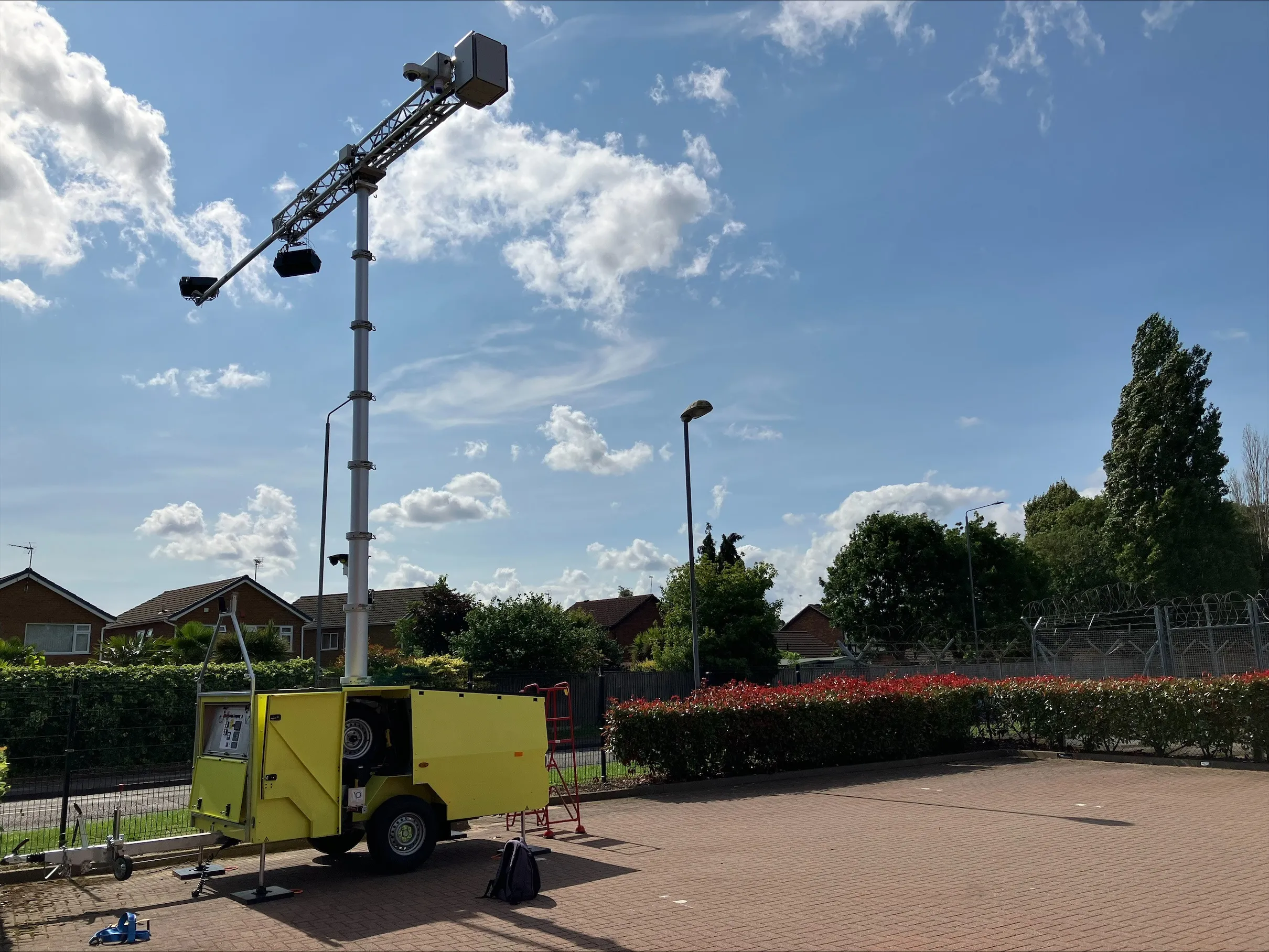Australia’s Federal Government has awarded iMOVE CRC, a new intelligent transport cooperative research centre, a US$42 million (AU$55 million) grant for a ten year research and development project.
The iMOVE CRC has been in development for over 18 months and is strongly supported by industry, technology innovators, state road authorities, federal and state government departments and industry associations.
The funding and ten-year timeframe will enable the 46 partners to develop technology outcomes an
March 7, 2017
Read time: 2 mins
Australia’s Federal Government has awarded iMOVE CRC, a new intelligent transport cooperative research centre, a US$42 million (AU$55 million) grant for a ten year research and development project.
The iMOVE CRC has been in development for over 18 months and is strongly supported by industry, technology innovators, state road authorities, federal and state government departments and industry associations.
The funding and ten-year timeframe will enable the 46 partners to develop technology outcomes and deliver better options and experiences for individual travellers, much-needed productivity improvements in logistics and access to new markets for business.
The centre also will play a role alongside other national bodies in assisting states, territories and peak industry bodies to collaborate and deliver cohesive national outcomes in the introduction of connected and intelligent transport systems.
According to iMOVE CRC bid leader, Ian Christensen, the establishment of the centre provides an immediate opportunity to tackle the problems of congestion and uncoordinated transport systems by harnessing the power of ‘big data’, developing smarter solutions and engaging with the community to trial and deploy new technologies.
ITS Australia is one of 46 iMOVE CRC consortium members, which also include industry, state road authorities, federal and state government departments and industry associations. ITS Australia CEO Susan Harris says the iMOVE CRC announcement highlights Australia’s desire to enhance technology to improve the liveability of the country’s cities and communities.
The iMOVE CRC has been in development for over 18 months and is strongly supported by industry, technology innovators, state road authorities, federal and state government departments and industry associations.
The funding and ten-year timeframe will enable the 46 partners to develop technology outcomes and deliver better options and experiences for individual travellers, much-needed productivity improvements in logistics and access to new markets for business.
The centre also will play a role alongside other national bodies in assisting states, territories and peak industry bodies to collaborate and deliver cohesive national outcomes in the introduction of connected and intelligent transport systems.
According to iMOVE CRC bid leader, Ian Christensen, the establishment of the centre provides an immediate opportunity to tackle the problems of congestion and uncoordinated transport systems by harnessing the power of ‘big data’, developing smarter solutions and engaging with the community to trial and deploy new technologies.
ITS Australia is one of 46 iMOVE CRC consortium members, which also include industry, state road authorities, federal and state government departments and industry associations. ITS Australia CEO Susan Harris says the iMOVE CRC announcement highlights Australia’s desire to enhance technology to improve the liveability of the country’s cities and communities.









